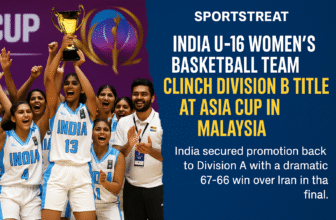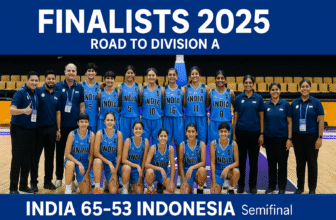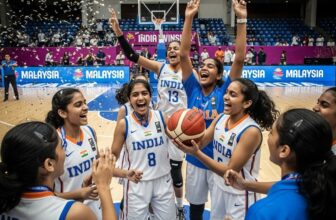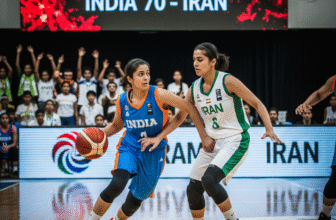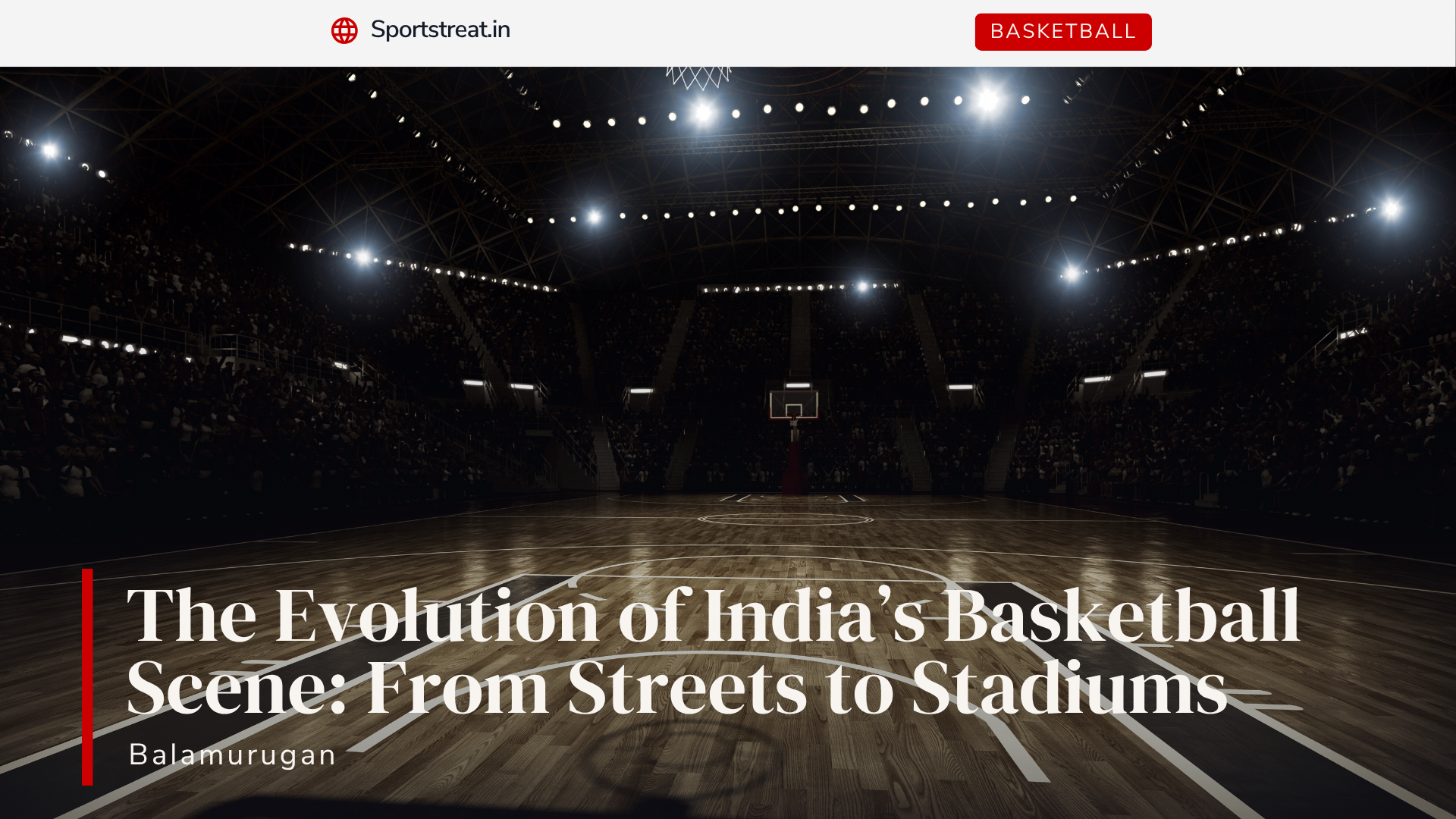
Introduction
India’s journey with basketball has been one of passion, persistence, and recent rejuvenation. What began as a game played in schools and modest courts is now witnessing its transformation into an organized, professional, and nationwide sporting movement. This report traces how basketball in India has evolved from humble community games to elite stadium competitions and outlines the milestones, challenges, and innovations driving its growth.
Early Beginnings: Basketball’s Arrival in India
Introduction in the 1890s: The sport was brought to India in the late 19th century by Canadian and American missionaries associated with the YMCA. It began as a recreational activity within missionary schools and colleges.
First Competitions: The earliest known match in India dates to 1930. By 1934, the first Indian National Championship for men was organized in New Delhi.
Formation of Governing Body: The Basketball Federation of India (BFI) was established in 1950, giving the sport an official structure and enabling it to spread to cities and towns nationwide.
Building a Foundation: Grassroots and School Leagues
Widespread School Adoption: Basketball quickly became popular in high schools, colleges, and universities, especially as an accessible, fast-paced alternative to cricket and hockey.
Local Tournaments: Cities like Kolkata, Mumbai, Chennai, and Delhi hosted club and school competitions, giving budding talents exposure and growth platforms.
School and College Leagues: Initiatives like the Indian School Basketball League (ISBL) and Indian College Basketball League (ICBL) mirrored the US collegiate model, focusing on talent identification and long-term player development.
Growing Popularity: Community to State and National Levels
Widening the Talent Pool: The game found favor not just in metros, but also in smaller towns, often becoming a means of aspiration for underprivileged youth.
State and Institutional Teams: Government institutions like Indian Railways, ONGC, and public sector banks fielded their own teams, offering sports quotas and job security for top players.
Annual National Championships: Multiple age-group tournaments, All-India Invitationals, and National Basketball Championships provided quality competition year-round.
New Frontiers: Professional Leagues and Stadium Culture
Establishment of Professional Leagues
First Pro-League (UBA, 2015–2017): The Universal Basketball Alliance (UBA) marked a first attempt at franchise-based basketball in India, raising the profile of players and bringing television exposure to the sport.
Current Leagues (2022 Onward):
EPBL (Elite Pro Basketball League) and INBL (Indian National Basketball League) cater to professional and under-25 athletes.
National Star Basketball League (NSBL, 2025): Launched in collaboration with the BFI and private partners, NSBL features both men’s and women’s teams in 5×5 and 3×3 formats. This league brings international standards, career opportunities, and global attention to Indian basketball development.
Stadiums and Infrastructure
Rise of Urban Arenas: Major cities now boast dedicated indoor basketball courts and stadiums capable of hosting large-scale events.
NBA India Games (2019): The first NBA preseason matches were held in Mumbai, drawing global eyes to Indian venues and fan communities.
Grassroots Infrastructure: Partnerships such as the NBA’s mission to build 100 courts across the country reflect ongoing commitment to grow the sport at every level.
Stronger Ecosystems: Academies, Technology, and Partnerships
Basketball Academies: The BFI has launched national academies in association with schools and private institutes (e.g., Karjat in Mumbai, new facilities in Manipal and Chennai), nurturing talent from a young age.
Tech-Driven Training: Modern methods and technology—like video analytics and advanced coaching—now supplement traditional practice routines.
Corporate and Global Partnerships: Collaboration with global organizations like the NBA and corporate sponsorships provide funding, expertise, and pathways for Indian players to reach international standards.
International Achievements and Icons
Asian Games and Federation Success: Indian teams have registered memorable victories in continental events and produced medal-winning performances at various South Asian games.
Indian Players Abroad: Notable athletes like Satnam Singh, the first Indian to be drafted by an NBA team, and others who play in overseas leagues serve as inspirations for aspiring hoopsters back home.
Community Role Models: Indian basketball is seeing a new breed of homegrown stars—both men and women—emerging as regional and national icons.
Challenges and Solutions
Continuing Challenges
Infrastructure and Coaching: A need for more modern indoor courts, consistent coaching standards, and sports science integration remains.
Visibility and Funding: Until recently, limited media attention and sponsorship slowed the sport’s professional growth outside major cities.
The Road Ahead
Ongoing Expansion: Upcoming multi-tier leagues, growing media deals, and expanded grassroots outreach are poised to further boost basketball’s mainstream profile.
Inclusive Development: School and college leagues, new academies, and gender-equal professional opportunities promise a broader, more inclusive basketball ecosystem for future generations.
Conclusion
The evolution of basketball in India is a story of resilience, community drive, and modern ambition. From the dusty streets and modest schoolyards to professional stadiums and international partnerships, Indian basketball has never been more vibrant or full of promise. As national attention grows and fresh infrastructure springs up across the country, India stands ready to transform basketball into a mainstream phenomenon—unlocking dreams for millions on the journey from streets to stadiums.



